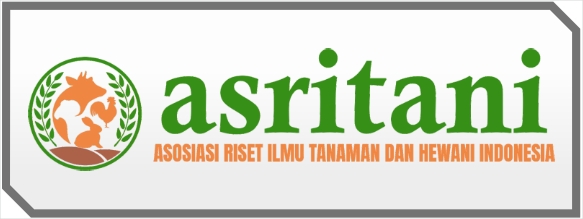The Effect Of Adding Soybeans On The Physical And Organoleptic Properties Of Cassava Crackers (Manihot Esculanta Crantz)
DOI:
https://doi.org/10.59581/jtpip-widyakarya.v2i1.2864Keywords:
soybeans, organoleptic, cassavaAbstract
Cassava is a potential food ingredient that has quite good prospects in the fields of agribusiness and agroindustry. Cassava crackers are made from cassava which is processed into crackers, as well as being another alternative food that contains nutritional value. Based on data from the Ministry of Agriculture, Forestry and Fisheries of Timor-Leste in 2009-2010, cassava production reached 47,845 tons. However, cassava production has not been utilized optimally by the people of Timor-Leste as a food ingredient for the nutritional value food industry. therefore, it needs to be developed. The aim of this research is to determine the effect of adding soybean concentration to each treatment and to find out which treatment is best for each parameter used in the test. The method used in this research was a Completely Randomized Design (RAL) with 4 treatments, namely 0% soybean concentration compared to 1 kg of cassava, 10% compared to 1 kg of cassava, 20% compared to 1 kg of cassava, 30% compared to 1 kg of cassava. Each treatment was repeated 3 times. The resulting data will be analyzed using analysis of variance and if necessary, will be presented with a follow-up test of the least significant difference (BNT) at the 5% level.The results of the variance statistical test show that the addition of soybean concentration has a significant effect on the color, taste, aroma and texture of making cassava crackers. This research shows that the best results are 10% soybean concentration in color, taste, aroma and texture.
References
Astawan, M. and M. Wahyuni, 1991. Appropriate Vegetable Food Processing Technology. Akademica Presindo. Jakarta.
Buckle, K.A., R.A. Edward, G.H. Flee and M. Wooton, 1987. Food Science. Translation of Hari Purnomo and Adiono J. Publisher UI Press. Jakarta.
Has bullah, 2007, Appropriate technology for Agroindustry. Sumatra bro.
Ismiatun, 2007, Snacks made from cassava, Tiara aksa trubus agrisarana, Surabaya Gautara and Soersono, 2005. "Basics of Sugar Processing" IPB, Bogor Sugar-Salt. Retrieved 29 July 2013
Lisdiana Fachruddin, 2000, Cultivation of nuts, Kanisius, Yogiakarta.
Lukminto. 1997, the food industry's strategy facing global food. Food problems, no 33, vol. IX. Jakarta
M. Lies Suprati, 2005, Tapioca Flour, Kanisius Yogyakarta.
Rahmat Abdula Rukman, 1997, Cassava Cultivation and Post-Harvest, Kanisius. Yogikarta.
Sri Nuryani, Soedjono. 1994. Cassava Cultivation. Bogor, Dahara Prize.
Subiyanto Tjobroadikoemmo P. 1986, HFS and other Cassava Industries. Jakarta: Gramedia.
Susanto and Saneto, 1994, Agricultural product processing technology. PT. Bina Ilmu, Surabaya.
T. Adisarwanto, 2006, Soybean cultivation, Wisma Hijau J. Raya Bogor MK. 30 Mekansari.
Wargiono, J. 1979. Cassava and farming methods. Central Research Institute. Bogor, West Java.
Downloads
Published
How to Cite
Issue
Section
License
Copyright (c) 2024 Johanes Dos Santos Corte-Real Soares

This work is licensed under a Creative Commons Attribution-ShareAlike 4.0 International License.














